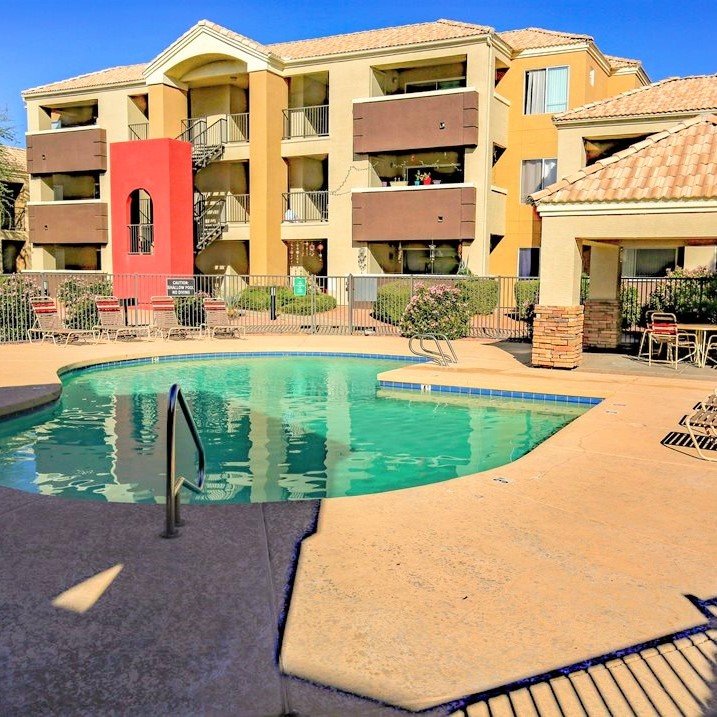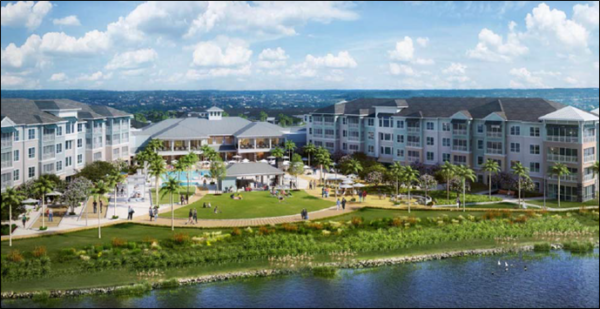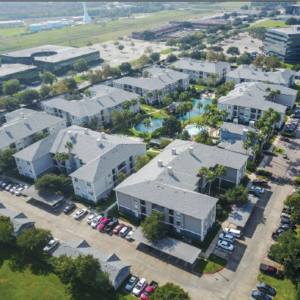The commercial real estate markets finished strong at the end of the 10th year of what is a record bull run dating back to the end of the Financial Crisis. Office, retail and industrial sectors all saw positive year-over-year rent growth and construction starts. The expectation is that a declining net absorption rate will decrease new product and level out rental rates in the first half of 2020 among all asset classes.
Below are key takeaways from the following report:
U.S. Marketbeat Reports Q4 2019 – Cushman & Wakefield – Report Link
Download the PDF version of this report here:
U.S. Marketbeat Reports Q4 2019
Cushman & Wakefield
- Supply will continue to grow as long as employment in office-using sectors continues to rise, demand for office space will increase and should absorb the new space currently under construction. While demand and supply can vary from one quarter to the next, the overall trend in vacancy is most likely to remain stable.
- The technology sector dominated leasing in 2019 and there is no reason to expect a change in 2020. As tech-related companies continue to grow they will likely expand geographically to find the talent they need (see Cushman & Wakefield’s report The Great Tech Migration.)
- Net absorption will remain positive in the coming quarters of 2020 and could likely see another year with high levels of net occupancy growth recorded in all regions and all product types.
- Supply is expected to continue to outpace demand for the second year in a row by year-end 2020. Industrial supply is likely to produce about 20% more space than can be absorbed, bringing quality space to the market for occupiers to consider.
- New supply will place upward pressure on overall vacancy with the rate rising 20-to-30 basis points to between 5.0% and 5.1% by year-end 2020.
- Asking rents will continue to increase with positive YOY growth, but new supply and more modest demand will be headwinds that moderate the pace of overall rent growth.
- Bifurcation of retail properties will continue. Class A and B+ properties are expected to remain stable, but unlikely to register significant amounts of positive absorption. Class C will see negative occupancy.
- No rent increases are in sight, with maybe the exception being in Class A malls.
- Leading retail growth categories in 2020 will be grocery chains, digital natives, experiential concepts, medical users and pop-ups (including many non-retail or nontraditional users). Fitness and restaurant concepts will experience measured growth.




